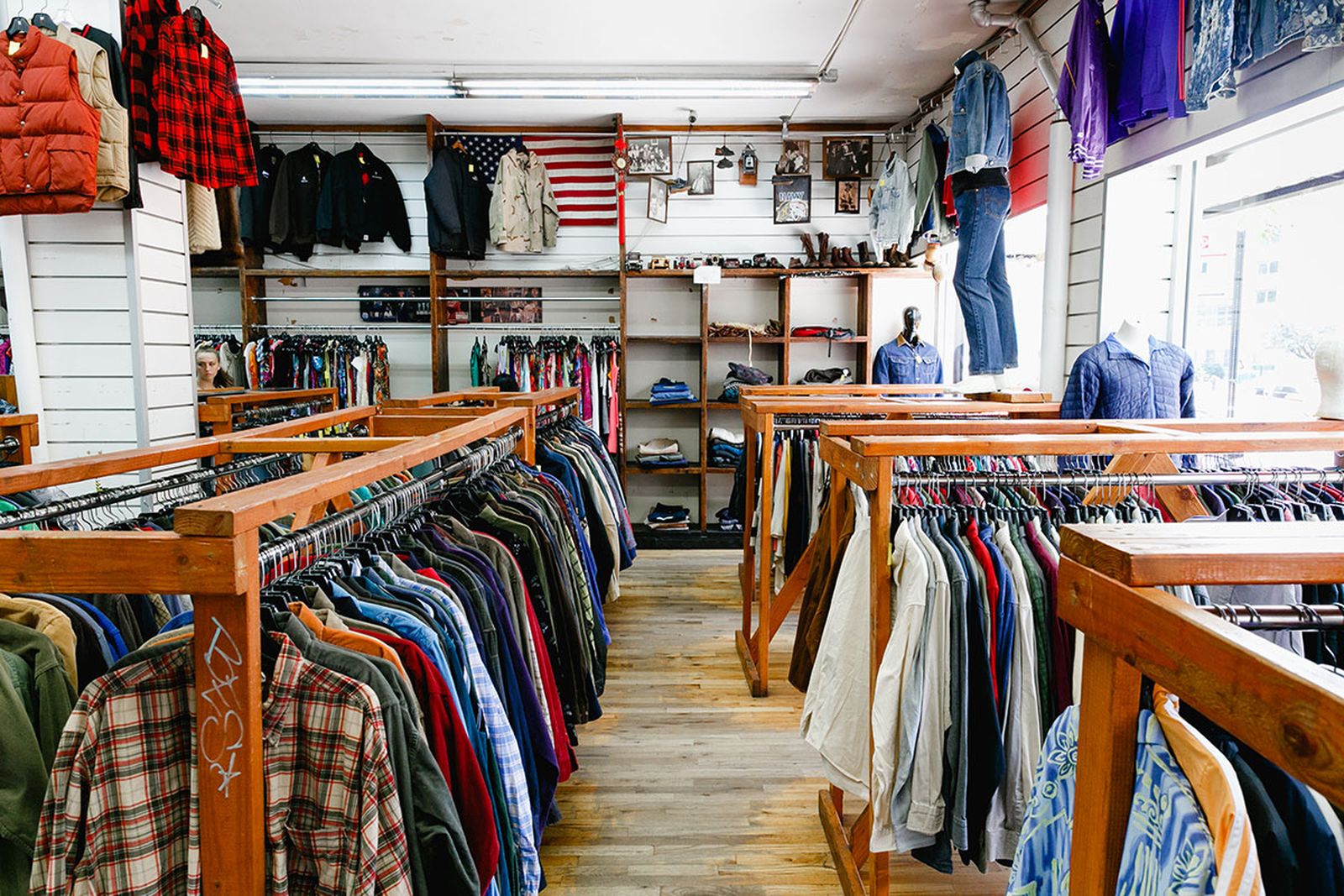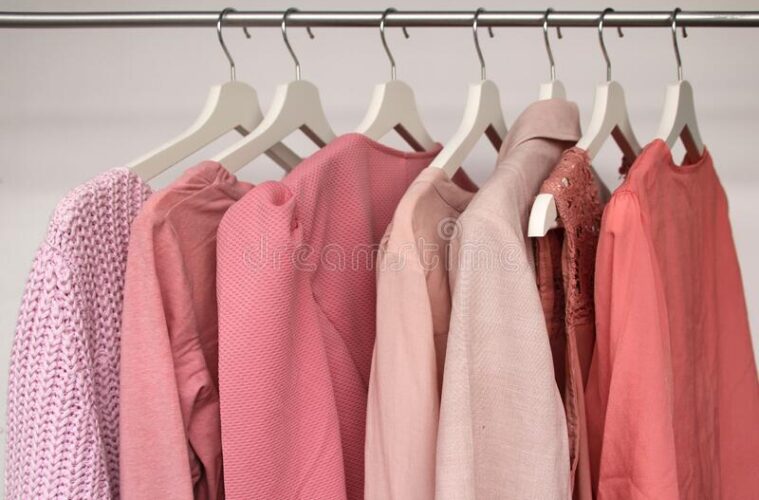You might think that spending $200 on a pair of jeans sounds ridiculous, especially if you are someone who vows to spend money on experiences and not things.
People either spend a lot of money on clothes or as little as possible on cheap clothing.
Between the abundance of sales and the countless store that offer fashionable clothes for so much less, we are conditioned to think that our clothes should come cheap and, in a sense, disposable.
However, have you ever seen an exceptionally well-dressed person? They tend to have a look about them where you just know they paid more for their attire. Well, there’s a reason for it. Quality clothes, while usually more expensive, are worth the investment. They not only last longer, but they also can make you feel better.
While everyone has a unique financial position and you likely know your own situation best, therefore, these are the types of purchases that are appropriate for different income brackets.

Quora
If your annual salary is around $30,000:
You likely don’t have much cash to spare on non-essentials, so focus your spending on more affordable stores that are still high quality such as Zara, Topshop, Everlane, Mango, H&M, and ASOS.

n
If your annual salary is around $60,000:
Your disposable income is growing, but your expenses might be too if, for example, you have upgraded your car or apartment. Accordingly, keep your thrifty shopping haunts in regular rotation and choose one clothing item a month to spend slightly more on.

WhoWhatWear
If your annual salary is around $90,000:
You likely are feeling relatively comfortable financially and have the freedom to purchase a few nicer items for yourself. At this bracket, clothing and accessories from midpriced boutiques like Shopbop are a good fit.
Hopefully, this guide has helped you figure out how much you should spend on clothes each month.

Instyle
If your annual salary is around $120,000:
If you are in this income bracket, you can afford to splurge on a luxury item that you’ll have forever. Consider adding a classic pair of Manolo Blahnik pumps or timeless items to your closet. Just make sure to limit these clothing purchases so you don’t exceed spending 5% of your take-home pay.
Published on HOLR Magazine.


